Reformer Pilates: What Is It and Is It Better Than Pilates on a Mat?
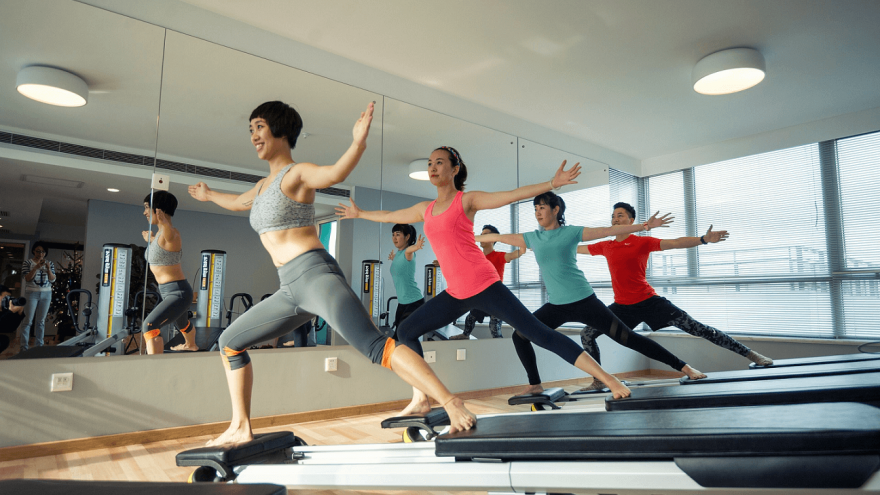
If there’s one thing that most committed runners have in common, it’s a lack of enthusiasm for cross-training. Yes, we know it’s good for us. Essential even. And yes, we know it will benefit our running in the long run. But that doesn’t make it less of a chore. We’re runners. We want to run.
And while spending hours on a stationary bike is enough to bore even avid cyclists to tears, pilates might be different. Hear us out. Firstly, it’s not aerobic, so it gives your heart and lungs a bit of a break. Secondly, it requires intense focus and attention to technique, leaving no room for boredom. And lastly, it will indeed benefit your running in many ways.
Intrigued? Here’s everything you need to know about pilates and which type is best suited to you.
What is Pilates?
First things first, though. What exactly is pilates? In case you’ve been living under a rock, pilates is a body-conditioning workout aimed at improving posture, coordination, flexibility, endurance and core strength and stability. It involves a series of controlled, focused movements that can be adapted to suit a variety of levels and abilities. Breathing, precision and control all play a vital role in pilates. It is therefore not something that you rush to get done – technique is of the essence.
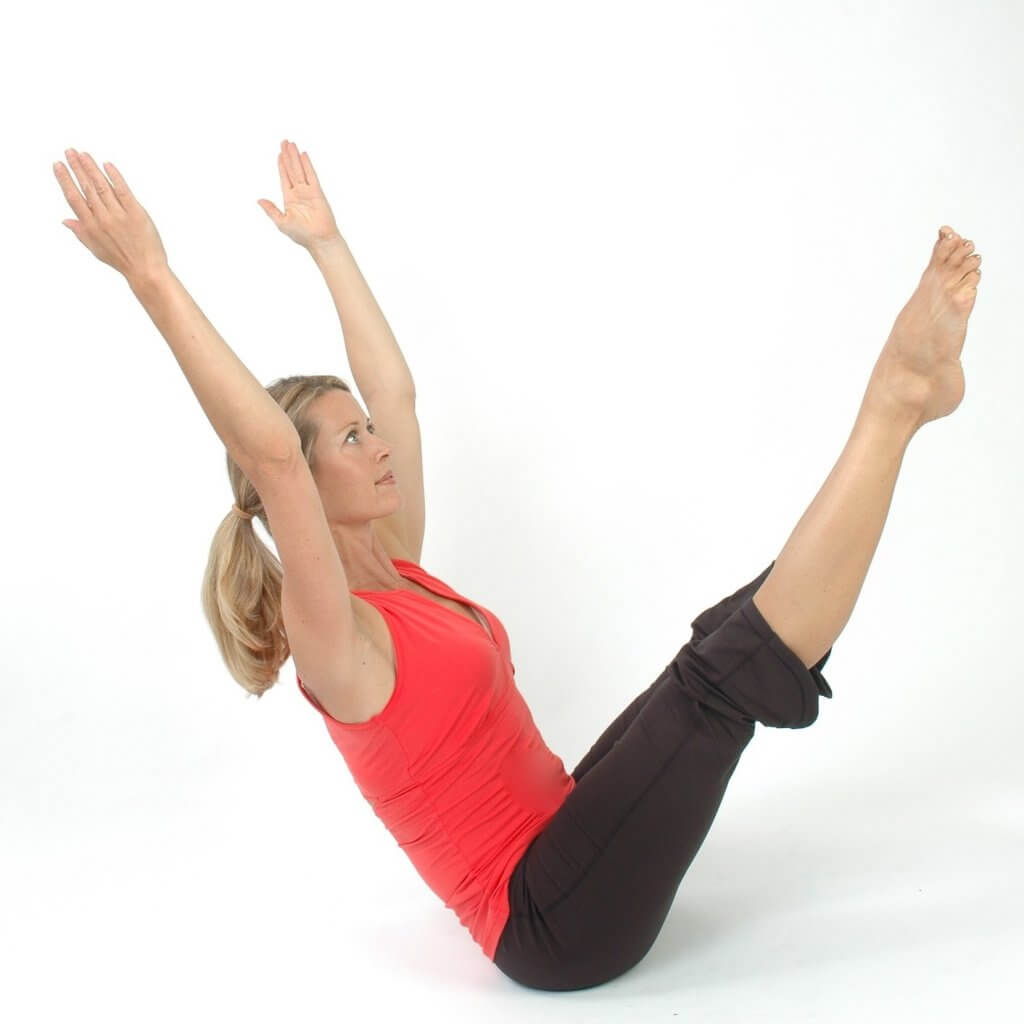
Pilates can be practiced at home or in a class environment on an exercise mat, or in a studio with specialized equipment. The latter form of pilates is called Reformer pilates, and usually takes place under the guidance of a qualified instructor in small groups or one-on-one sessions. The Reformer, as the equipment is called, resembles a bed frame, and is equipped with springs, cables and a sliding carriage on which exercises are performed.
The Benefits of Pilates for Runners
Since pilates is not an aerobic exercise, it’s not likely to make you work up a sweat. But don’t think that, as a runner, you won’t benefit from it. In fact, it may just improve your running in a number of ways! Here’s how:
- By increasing your core strength. A strong and balanced core, which includes the abdominals, hips, shoulders, neck and back, helps you to better control and maximize the forces produced while running.
- Through correcting postural imbalances. By encouraging proper movement patterns and teaching correct posture, pilates decreases the likelihood of re-injuring yourself or picking up a new injury through over-compensation. Pilates also helps identify and improve muscle weaknesses that inhibit your running gait.
- By improving speed and endurance. A stronger, more balanced body helps you to maintain proper form as you start fatiguing. Pilates can also help you loosen the hips, legs and back, which, in turn, will help you maintain a long, fluid stride.
- By speeding up recovery. Through contributing to increased joint mobility and improved flexibility and body awareness, pilates can help decrease recovery time after injury or strenuous workouts.
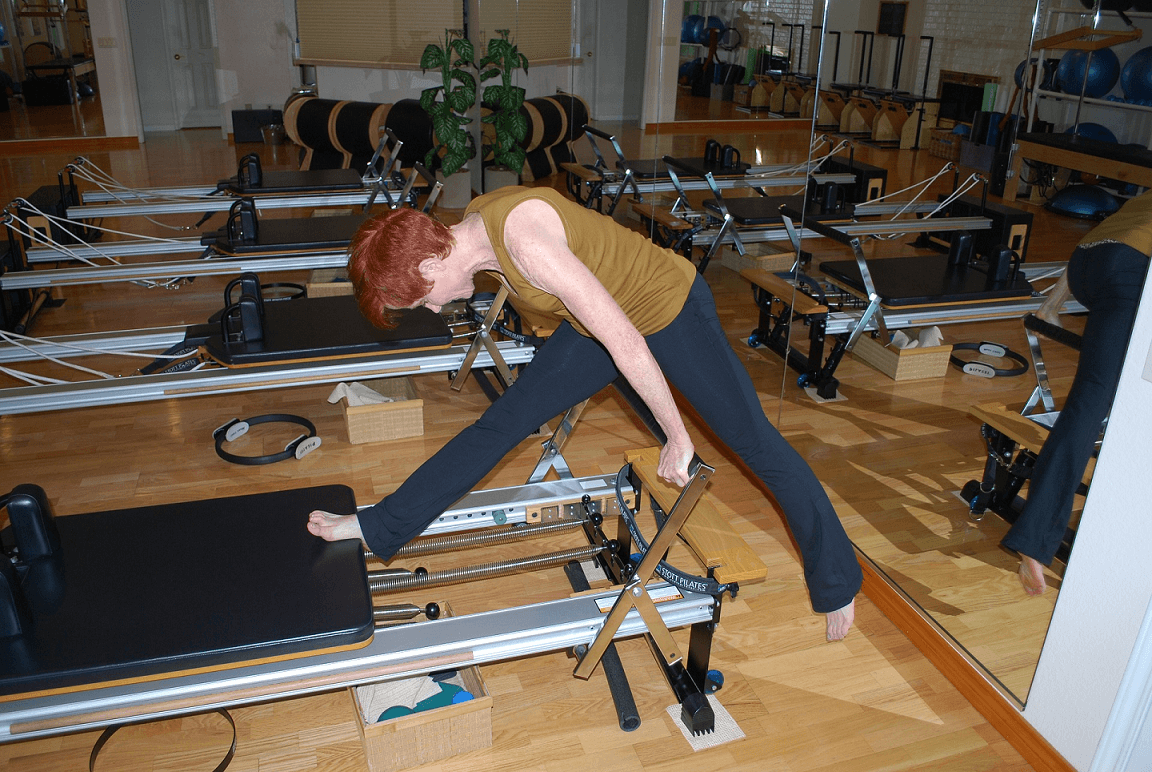
- By teaching controlled breathing. Pilates teaches and encourages more conscious engagement of the diaphragm while breathing, as well as filling the lower lobes of the lungs more efficiently. Something that easily transfers over into running. Pilates also increases awareness around using breathing to assist with movement patterns.
- Through improving balance. With a strong emphasis on balance and control, pilates helps improve balance as it naturally starts diminishing with age.
What’s Best: Reformer Pilates or Pilates on a Mat?
So while it is clear that, as a runner, you’ll more than likely benefit from pilates, one question still remains. What’s best: Reformer pilates or pilates on a mat? Perhaps the best way to answer this, is to list the pros and cons of each and let you decide for yourself.
Reformer Pilates: The Pros
Thinking of giving Reformer pilates a go? Here are some of its pros:
- More exercise options. Reformer pilates not only allows you to perform a greater variety of exercises, but it also gives you the option of doing most exercises in a few different body positions. While the exercise repertoire of “regular” pilates includes about 50 different exercises, up to 250 can be done on the Reformer. Which means you’re less likely to get bored!
- Variable resistance to build more strength. Reformer pilates uses different weighted spring combinations to adjust resistance. While mat classes therefore only use body weight exercises, Reformer pilates enables you to add a spring to increase resistance and build more strength.
- Assisted body awareness. If you’re really tight or lack body awareness, the Reformer will help you feel where your body should be in space for each exercise. The pulleys will also help keep your limbs in the correct lines and positions, something that is entirely up to you when doing pilates on a mat.
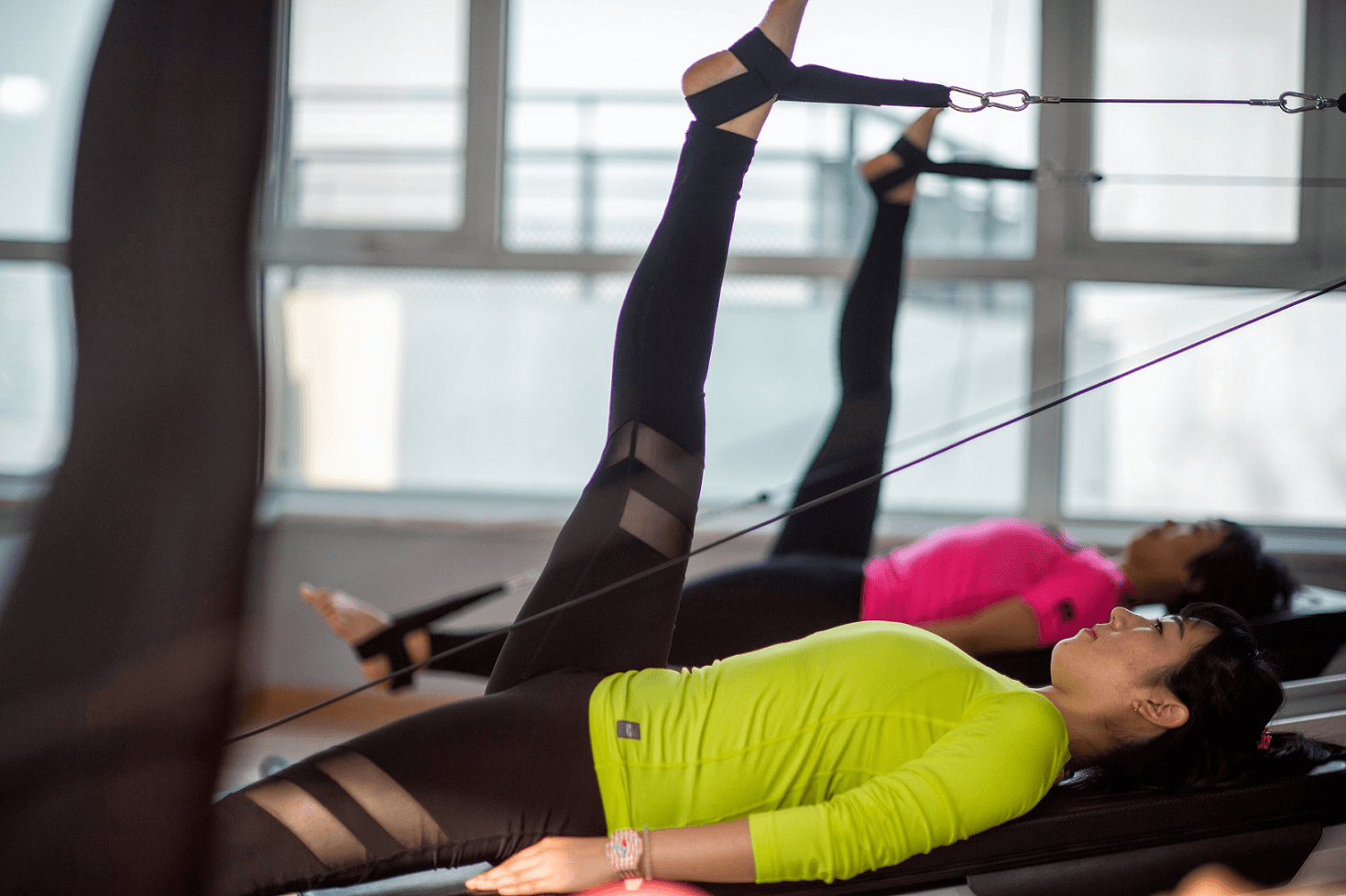
- Standing Reformer exercises closely mimic daily activities, and are therefore more functional.
Reformer Pilates: The Cons
Reformer pilates, is, however, not for everyone. Here are some of its cons:
- It is not accessible to everyone. Not everyone has access to a fully equipped Reformer pilates studio, especially those living in small towns or rural areas.
- High cost. The cost of Reformer pilates classes can be prohibitive. Private tuition can set you back as much as US$50 per session, while group classes generally cost around US$10 – US$30 per class.
Pilates on a Mat: The Pros
Pilates on a mat, on the other hand, can be described as a little more low-key. Not that it delivers inferior results – on the contrary! Here are a few of its pros:
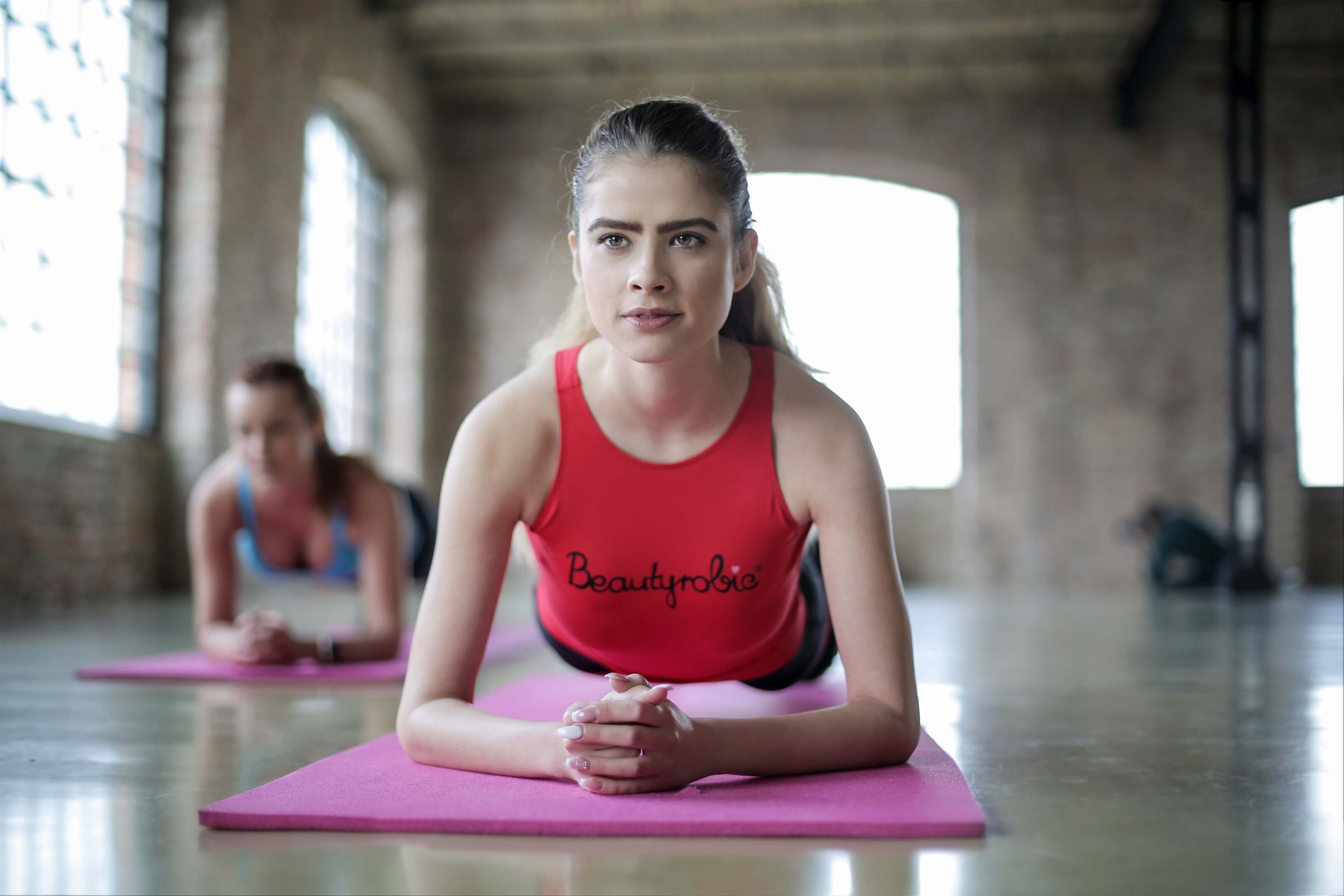
- Easily accessible. Whereas Reformer pilates can only be done on specialized equipment and under the guidance of a suitable qualified instructor, “regular” pilates is a lot more accessible. In fact, it can easily be done in the privacy of your own home! If group classes aren’t your thing, simply grab a mat and a reputable instruction DVD (or online resource) and give it a go.
- Portable. For the same reason as above, you can take “regular” pilates with you wherever you go. Pack a mat and a DVD (or simply use a hotel towel and online streaming!) when going on holiday or a business trip. There really is no excuse to miss out on a “regular” pilates session!
- Affordable. If you want to reap the benefits of pilates, but your budget is tight, don’t fear. Be on the lookout for a free community pilates class offered in your area, or, as mentioned above, find a reputable DVD or online instructional resource to make use of.
Pilates on a Mat: The Cons
And while pilates on a mat is accessible and affordable, it does have a downside:
- Less variation. As mentioned before, pilates on a mat offers only roughly one fifth of the exercise options of Reformer pilates. Note that this doesn’t mean that it’s less effective! It simply won’t offer you an exercise experience that is as varied as that of Reformer pilates.
- Executing the moves properly is up to you. While the Reformer really helps you to feel where in space you should be for each movement, much of it is up to you when doing pilates on a mat. In the latter instance, a lot will therefore depend on you to hinge, extend, twist and support your body from the right places, as cued by the instructor.
The Real Question
So while Reformer pilates and pilates on a mat differ in terms of practicality, depending on your individual circumstances, as well as, to some extent, in the range of exercise options it has to offer, one fact remains: Both can offer you a range of perks in terms of improved running efficiency and performance.
The more important question is therefore this: Do you want to improve your posture, flexibility, coordination, endurance and core strength? Yes? Then pilates is for you. Choose the form that best suits your lifestyle and get into the habit of getting it done!
Sources
- , Pilates: The Difference Between Mat And Reformer, Online publication
- , Pilates Workout Differences: Reformer and Mat, Online publication
- , You Asked: Pilates Mat Class vs. Reformer Class, Online publication
- , 6 Ways Runners Benefit From Pilates, Online publication
- , Pilates, Online publication
- , Pilates, Online publication
Latest Articles
 Is Running on a Treadmill Easier Than Running Outside?Runners have their own preferences, whether it is treadmill running, running outside on the road, or exploring trails. So...
Is Running on a Treadmill Easier Than Running Outside?Runners have their own preferences, whether it is treadmill running, running outside on the road, or exploring trails. So... Is It OK to Use Trail Running Shoes on the Road?While trail running shoes can be used on roads, especially in situations where a runner encounters mixed terrains or pref...
Is It OK to Use Trail Running Shoes on the Road?While trail running shoes can be used on roads, especially in situations where a runner encounters mixed terrains or pref... How to Fix Sore Quads After Running?Rest, ice, gentle stretching, and over-the-counter pain relievers can help soothe sore quads after running. Also, ensure ...
How to Fix Sore Quads After Running?Rest, ice, gentle stretching, and over-the-counter pain relievers can help soothe sore quads after running. Also, ensure ... 10 Fruits With The Most Electrolytes to Replace Sports DrinksThese fruits are high in electrolytes such as potassium, magnesium, and calcium, essential for hydration, muscle function...
10 Fruits With The Most Electrolytes to Replace Sports DrinksThese fruits are high in electrolytes such as potassium, magnesium, and calcium, essential for hydration, muscle function...

